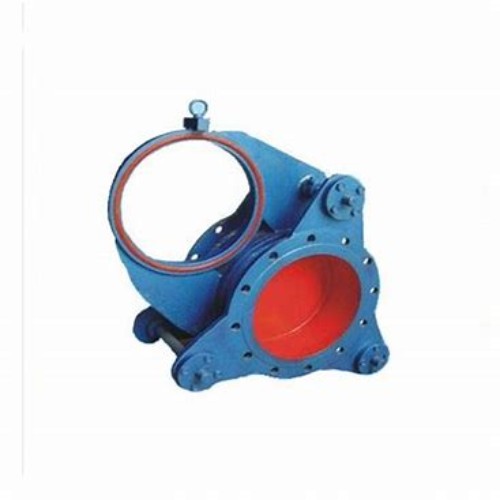ansi b16 5 class 150 slip on flange dimensions
Understanding ANSI B16.5 Class 150 Slip-On Flange Dimensions
In the realm of piping systems, flanges serve as critical components that facilitate connections between pipes, valves, pumps, and other equipment. Among the various types of flanges available, the ANSI B16.5 Class 150 Slip-On Flange remains one of the most widely used options in industrial applications. This article delves into the important aspects of these flanges, including their dimensions, specifications, and the advantages they offer.
What is ANSI B16.5 Class 150 Slip-On Flange?
The ANSI (American National Standards Institute) B16.5 standard provides a set of specifications for flanges and flanged fittings used in piping systems. Class 150 denotes a specific pressure rating, which means that the flange can operate efficiently at a maximum pressure of 150 psi at ambient temperatures. Slip-On flanges are designed to slide over the end of the pipe, making them easy to install.
Dimensions of ANSI B16.5 Class 150 Slip-On Flanges
The dimensions of a Class 150 slip-on flange are standardized to ensure compatibility across various piping systems. Below are the key dimensions associated with these flanges
1. Nominal Pipe Size (NPS) The nominal pipe size determines the size of the flange. Common sizes range from ½ inch to 24 inches.
2. Outside Diameter (OD) The OD varies based on the NPS; for example, a 6-inch NPS slip-on flange has an OD of approximately 11.0 inches.
3. Inner Diameter (ID) The ID is slightly larger than the pipe diameter to ensure a proper fit. For instance, a 6-inch flange will have an ID of around 6.625 inches.
4. Thickness The flange thickness varies depending on size, typically ranging from 0.28 inches for smaller sizes to 1.10 inches for larger sizes.
5. Bolt Circle Diameter (BCD) This is the diameter of the circle that passes through the center of the bolt holes. For a 6-inch NPS, the BCD is usually about 9.5 inches.
ansi b16 5 class 150 slip on flange dimensions

6. Number of Bolts The number of bolts required for a secure connection also varies by size. A 6-inch flange generally requires 8 bolts.
These dimensions are critical for ensuring that flanges fit properly with pipes and maintain the integrity of the piping system under varying conditions.
Advantages of Using Slip-On Flanges
Slip-on flanges come with a number of advantages that make them a preferred choice in many applications
1. Ease of Installation One of the primary benefits of slip-on flanges is their straightforward installation process. They can be easily welded to the pipe after being slipped on, reducing the complexity during assembly.
2. Cost-Effective Slip-on flanges are generally less expensive than their counterparts, such as weld neck flanges. This cost advantage often makes them a go-to choice in budget-conscious projects.
3. Versatility These flanges are highly versatile and can be used in a variety of pipe sizes and materials. They can also be employed in different applications, from water and gas distribution to high-pressure environments.
4. Reduced Risk of Misalignment Since they can slide onto the pipe, slip-on flanges minimize the risk of misalignment during installation, which is often a problem with fixed flanges.
5. Suitable for Low-Pressure Applications Class 150 slip-on flanges are ideal for low-pressure applications. They are perfect for systems that do not encounter high levels of pressure or temperature fluctuations.
Conclusion
ANSI B16.5 Class 150 slip-on flanges play a crucial role in various piping systems throughout different industries. Understanding their dimensions and advantages allows engineers and contractors to make informed decisions when selecting flanges for their projects. Factors such as ease of installation, cost-effectiveness, and versatility make slip-on flanges a popular choice, particularly in applications where pressure requirements are not overly stringent. By adhering to ANSI standards, these flanges ensure safety, reliability, and efficiency in piping installations.
-
3-types-of-check-valves-maintenance-tipsNewsAug.23,2025
-
ball-valves-types-with-trunnion-mounted-designNewsAug.23,2025
-
butterfly-valve-company-production-capabilitiesNewsAug.23,2025
-
fisher-globe-valve-technical-specificationsNewsAug.23,2025
-
types-of-gaskets-for-flanges-selection-guideNewsAug.23,2025
-
wedge-gate-valve-suppliers-quality-standardsNewsAug.23,2025
-
Breakthrough in Domestic Low Temperature Valve Technology in ChinaNewsAug.18,2025




